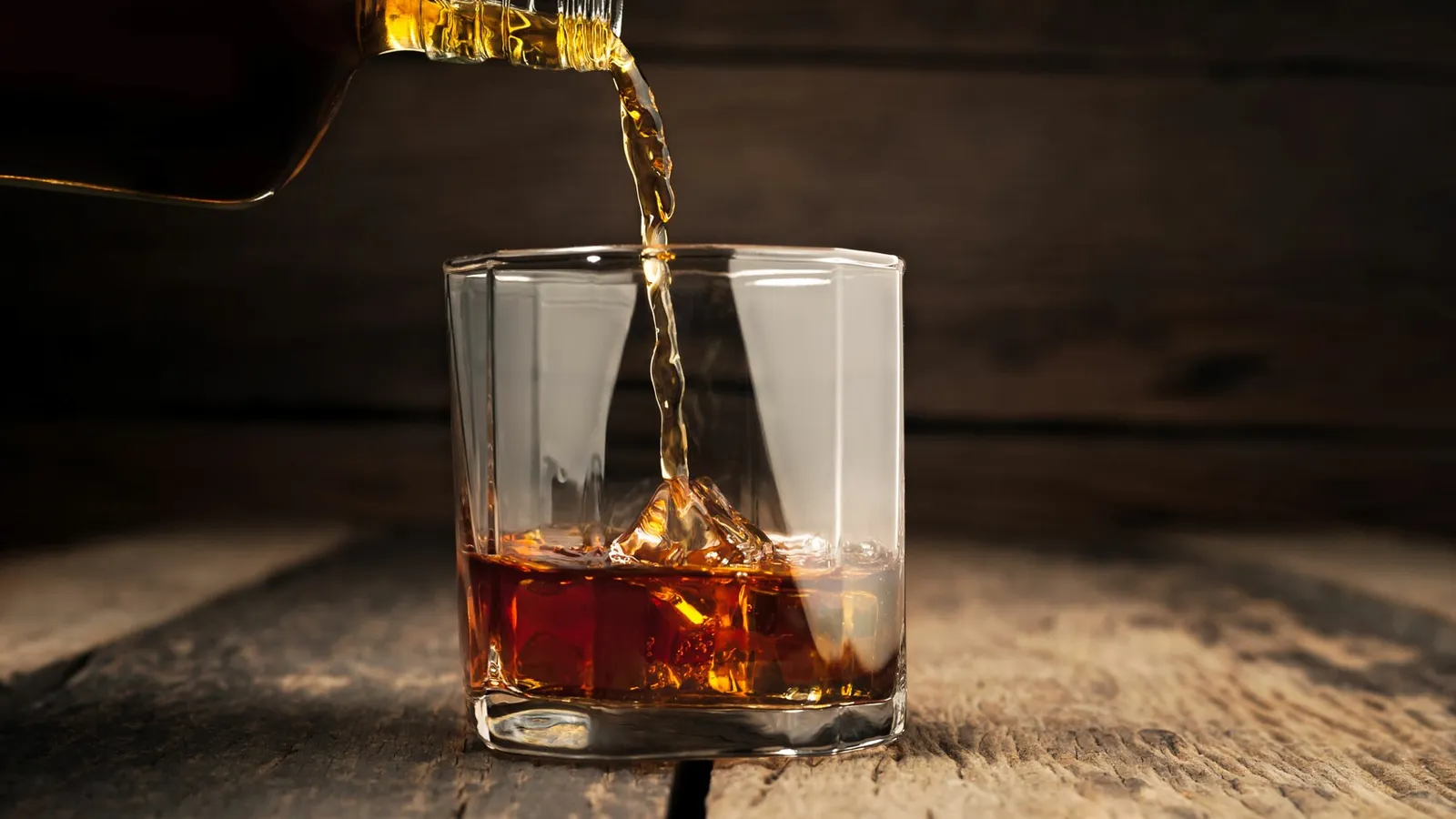Rum: The Spirit of Sugarcane
Rum, a versatile and globally beloved spirit, is intrinsically linked to sugarcane, its primary ingredient. This spirit’s journey from sugarcane to the glass is a fascinating tale of transformation, where the type of sugarcane used and the aging process play pivotal roles in defining its character.
The Essence of Rum
At its core, rum is distilled from sugarcane in various forms – from molasses, the most common base, to fresh cane juice and even granulated cane sugar. The aging process, predominantly in wooden barrels but sometimes in stainless steel tanks, further shapes its flavor and color. The duration of aging in barrels is a key factor in determining the rum’s profile, influencing everything from its depth of flavor to its hue.
Exploring the Types of Rum
- White Rum: This clear rum, usually made from molasses, is distilled to a high proof, resulting in a clean, subtle flavor. It’s a popular choice in cocktails for its versatility.
- Amber Rum: Also known as golden rum, amber rums have a shorter aging period than dark rums. They often have caramel added for color, balancing the lightness of white rums and the richness of dark rums.
- Dark Rum: Known for its prolonged aging, dark rum retains a strong molasses flavor, contributing to its deep color and rich, full-bodied taste.
- Rhum Agricole: Distinctly different, Rhum Agricole is made from freshly pressed sugarcane juice. It’s typically unaged, boasting a grassy and slightly funky flavor profile.
- Spiced Rum: Infused with spices like vanilla, ginger, clove, and cinnamon, spiced rum can be either a variant of golden rum or a dark rum enriched with added spices. It’s known for its rich and robust flavor.
- Cachaça: Brazil’s national spirit, cachaça, is crafted from fermented fresh cane juice. While mostly unaged and possessing a clean, slightly grassy flavor, it can also be aged in pot stills, adopting characteristics akin to sugarcane-based spirits.
The Geography of Rum
Rum’s diversity is also geographically influenced, with regions around the Caribbean imparting their unique touch to this versatile spirit.
- English-Style: English-speaking regions like Barbados, Jamaica, and Trinidad and Tobago are known for their molasses-based rums, which are darker and richer in flavor.
- Spanish-Style: Spanish-speaking countries, including Cuba and Panama, typically produce a smoother, lighter rum distilled from molasses and known for its subtlety.
- French-Style: French-speaking areas such as Martinique and Guadeloupe specialize in Rhum Agricole, made from fresh cane juice, resulting in a grassy, floral, and earthy rum.
The Most Known Cocktails, Including Rum
Mojito, Queen’s Park Swizzle, Mai Tai, Tia Mia, Rum & Tonic, Cuba Libre, Dark & Stormy, Cable Car, Desk Job, Dilapidated Beach House, Hot Buttered Rum, Tom & Jerry, The Witches’ Coffee, Daiquiri, Hemingway Daiquiri, Bananita Daiquiri, Autumn Daiquiri, Caprese Daiquiri, Avocado Daiquiri, Monkey Tail, Papaya Caliente, PDT/CRIF Frozen Piña Colada, Frozen Daisy, Knickerbocker, Imperial Bulldog, Caipirinha, Maiden Name, and Caipirinha Manchada.
Did You Know About the Rum?
- Origins in Antiquity: Rum’s history dates back to ancient times. Distillation of drinks from sugarcane juice was practiced in ancient India and China, and the process was later adapted for rum production in the Caribbean.
- Pirate’s Drink of Choice: Rum is famously associated with pirates, particularly in the Caribbean during the 17th and 18th centuries. Pirates often traded in rum, a staple part of their plunder.
- Rum in the American Revolution: Rum played a significant role in the American Revolution. It was used as a medium of exchange and was also given to soldiers as part of their daily ration.
- The Triangle Trade: Rum was a key component of the Triangle Trade between the British colonies, Africa, and the Caribbean. Molasses was shipped to New England to make rum, which was then traded for African slaves, who were sent to the Caribbean to work in the sugarcane fields.
- Nelson’s Blood: After the death of British Admiral Horatio Nelson at the Battle of Trafalgar, legend has it that his body was preserved in a cask of rum for transport back to England. Sailors reportedly drilled into the cask to drink the rum, leading to the term “Nelson’s blood” being used to describe rum.
- The Oldest Rum Distillery: The Mount Gay Distillery in Barbados, established in 1703, is recognized as the world’s oldest rum distillery still in operation.
- Rum in Space: Rum has even made it into space. In 1976, the U.S. space shuttle Enterprise carried a small vial of Bacardi rum into space as part of an experiment.
- Rum’s Medicinal Use: In the 18th century, rum was often used as a medium to administer medicines. It was believed that the alcohol would aid in absorbing medicinal herbs and compounds.
- Variety of Flavors: Rum has no standard universal flavor profile like many other spirits. Its taste can range from sweet to spicy, with flavors influenced by the type of sugarcane, the distillation process, and the aging method.
- World’s Largest Rum Tasting: The world record for the largest rum-tasting event was set in 2015 in Belgium, with 786 participants tasting six different rums.
In conclusion, rum is not just a spirit; it’s a celebration of culture, geography, and the art of distillation. Each type of rum offers a unique window into the traditions and techniques of its region, making it a truly global ambassador of flavor and history. Whether sipped neat, mixed in a cocktail, or savored in a long drink, rum invites connoisseurs and casual drinkers alike to explore a world of diverse and rich tastes.

